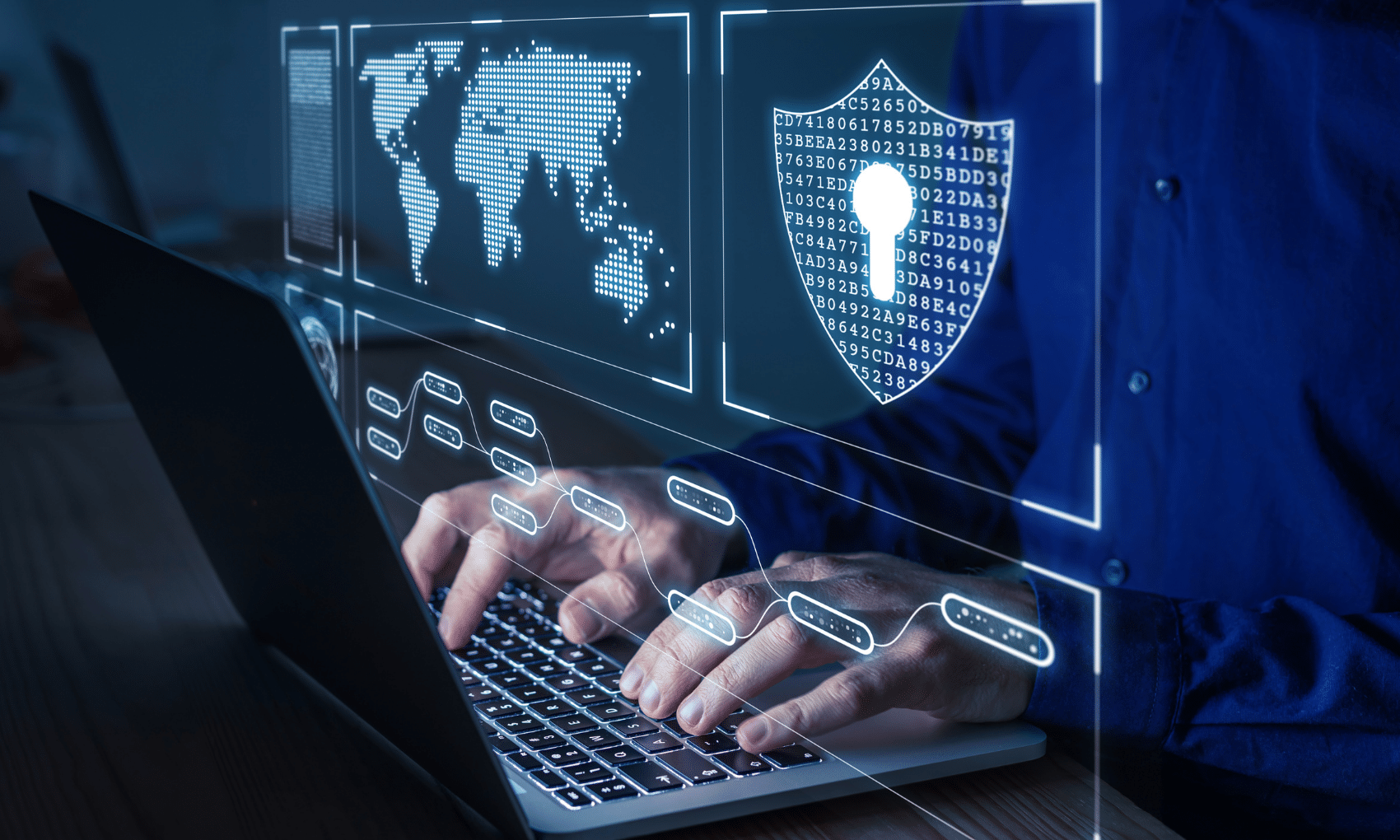
12 Nov Cybersecurity Trends for 2024
Incoming Cybersecurity Trends for 2024 and onward. As another year winds down, the modern enterprise is looking at a whole new world of possibilities – and threats. A lot has changed over the past several years. One of the shifts changes in the digital ecosystem was the explosion of remote working due to the COVID-19 pandemic. While hybrid solutions and reliance on remote working are less prevalent, they still shape various cybersecurity and IT dynamics.
2023 also observed numerous evolutions in tech and resources. AI generation, for example, dominated the tech discourse. The immense success of Chat GPT has seen dozens of competitors looking to find a place in the market. But, that also includes threat actors who want to use generative AI models for malicious attacks and operations.
Trends like these are important to remain aware of. It helps team leaders, management, and staff to make healthy decisions about the right tech to invest in, threats to focus on, and tools that helping their workflow.
We’ll take a look at the latest predictions and cybersecurity trends for 2024.
AI-generative models will dominate the tech discourse
From cybersecurity to IT solutions, AI models will remain a prominent contender as the “next big thing” shaping tech. As companies work to build comprehensive learning models, they’ll seek ways to integrate them into a variety of business functions. From personal assistants to customer-facing interactions, AI models will weave their way into numerous services. Whether it sticks remains to be seen, but you’re guaranteed to see a major push for AI-centric tech in 2024.
Ransomware remains top threat
To no one’s surprise, ransomware remains the dominant threat in terms of malware. Hackers exploit reliable injection tactics like phishing attacks to deploy their malicious payloads. Once done, a system or network is compromised. Ransomware is brutally effective and can target anyone. Any business, any individual, any network. If there’s profit to be made, threat actors will go for it.
Additionally, the prevalence of RaaS (ransomware as a service) has granted these dangerous, powerful tools to numerous groups, providing them with dark web support to launch threat campaigns. In the juvenile days of the internet, said resources and attacks required state-level expertise. Now, it’s everywhere. Cybersecurity teams not paying attention to ransomware are creating undue risk to their IT layers.
Stronger data reporting requirements
Reporting the nature of a cyberattack will have steeper requirements according to new guidelines established by CISA. In an effort to better understand and rally defenses against cyberattack campaigns, relevant organizations (like those in fintech, for example) will need to relay specific sets of data information to the appropriate federal channels.
This also accounts for HIPAA. While guidelines for healthcare data have always existed, mandates and the need to protect them will continue to remain a priority, especially with the numerous automated existing threats.
Facing the IT and cybersecurity worker shortage
Another daunting issue plaguing organizations and businesses is worker shortages. Cybersecurity and IT staff are essential for the seamless functionality of a business. But, despite the overwhelming demand for these positions, there’s still a critical lack of “hands on deck” to fill different roles. That said, infrastructural demands and threat factors don’t take a break. SMBs and organizations must prepare to manage their available resources and take advantage of third-party assistance whenever possible.
Cybersecurity philosophies and frameworks will build on Zero-Trust
Organizations want to avoid the devastating cost of a cybersecurity breach. Thus, they’ll deploy different strategies to create strong, resilient architecture. Zero-Trust is fundamental to these strategies, translating to a “trust until verified” perspective. Given breaches occur because of phishing and social media schema, it’s of critical importance to directly address the root issues causing them. Namely, phishing and breaches associated with unsafe management and worker practices.
Continued growth of IoT
Even before remote work took center stage, network-capable devices were arriving on the tech scene. These days business tools are part of the IoT – the Internet of Things – and enhancements related to this sphere will continue.
Automated AI-centric threats
Just as we mentioned AI generation taking center stage regarding tech discourse, and malicious actors will readily use its functions too. Not just automated malicious code generation, either. The ability for machine-learning models to target and deploy attacks will circumvent human response time, requiring equal autonomous pushback to counter their dangers.
How can my enterprise prepare?
Taking account of what resources you’ll need and what tech changes most likely impact your business is the best way to prepare. If, for instance, your infrastructure observed a high frequency of attempted breaches or ransomware attacks, investing in resources to back up data is wise, along with Zero-Trust, MFA, and improved monitoring. Ensuring that you follow reporting mandates is also important, along with budgetary planning that involves capital funneled toward IT and cybersecurity solutions.
You can also seek third-party assistance. MSPs (managed service providers) like Bytagig offer a range of helpful insights and resources. This includes identifying trends and prepping for sweeping tech changes.
For more information, you can contact Bytagig today.
Share this post:
Sorry, the comment form is closed at this time.